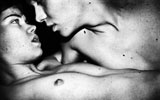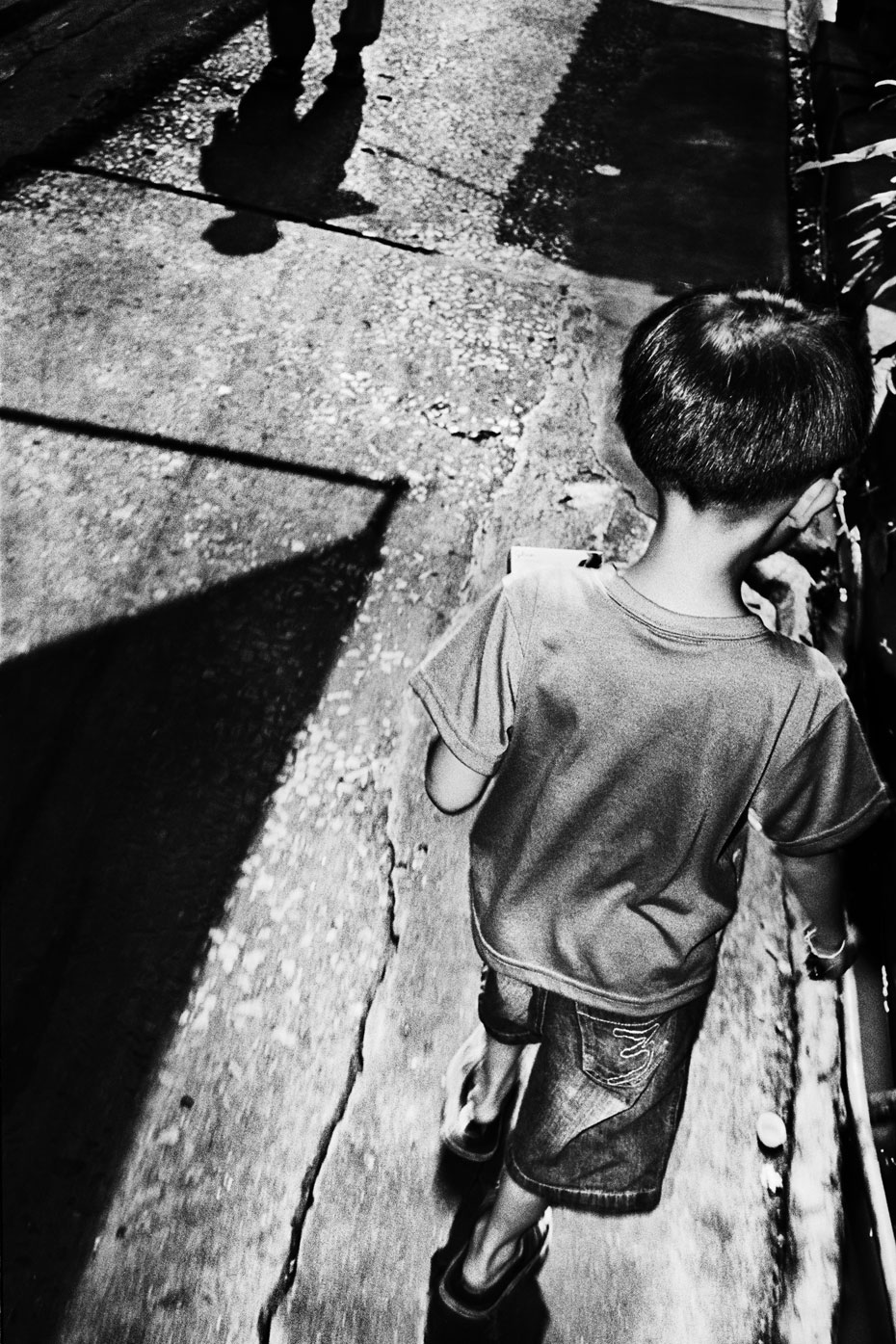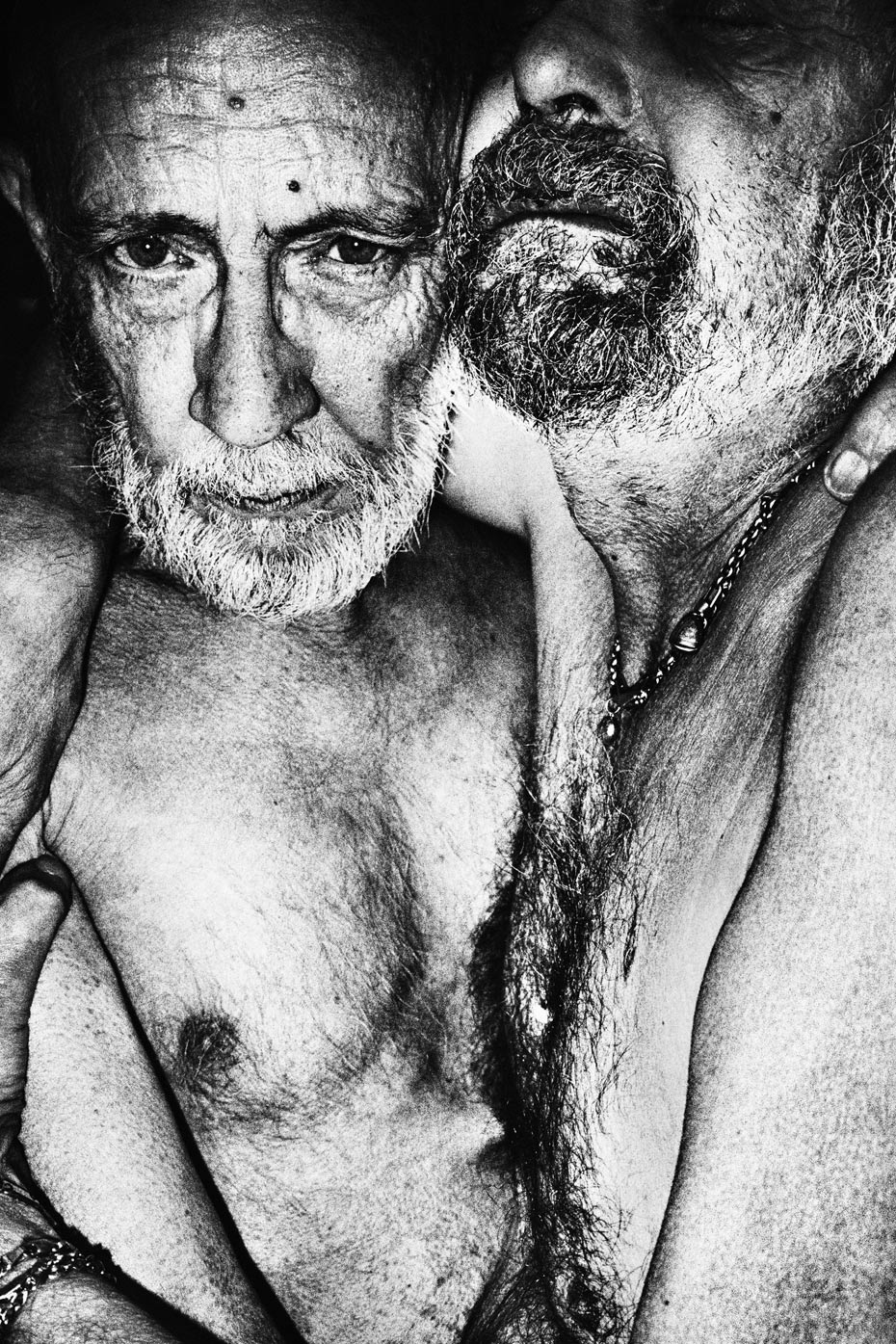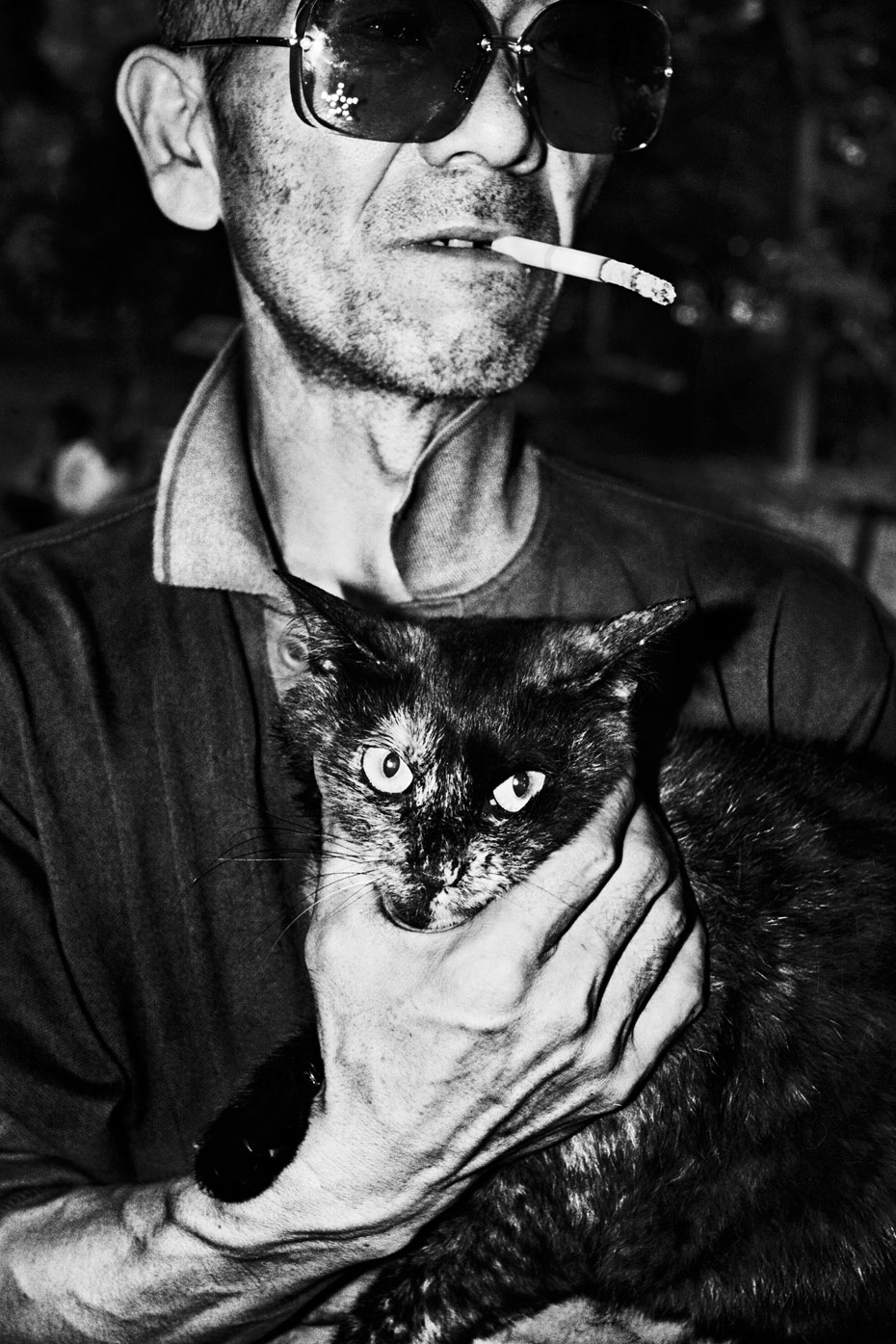Sarah Moroz speaks to the Danish photographer about the origins of his grainy, sensorial style and finds out why, for him, photography shouldn’t be about voyeurism…
Photographer Jacob Aue Sobol has lived and worked in places as disparate as Canada, Greenland, Japan, Guatemala, and Thailand. No matter the context, his unique style is visceral, elliptical, sensorial, and has his grainy and gritty visual signature.
Sobol’s photographic background was shaped at Danish art school Fatamorgana and, more significantly, by his family: his grandfather and mother were practicing photographers, his father and twin brother journalists. “It was a creative environment, a lot of travel, being adventurous,” he recounts. He learned to engage with the people he photographed, over passive voyeurism. This attitude is palpable: his images are clearly taken by someone enmeshed in the circumstances. Sobol has one foundational principle. “I never photograph someone I don’t feel fascinated by.”
Why only in black and white?
“It’s easier for me to get to some core of my existence. When I work in colour… there are so many colours! I don’t feel it in my stomach. With black and white, you’re able to take the image out of time and place, and make it something else than exactly what is going on in the image.”
His first work, Sabine, is a personal treatise on life in the tiny village of Tiniteqilaaq, on the eastern coast of Greenland. Sobol sought to integrate seamlessly with the indigenous population, living in a settlement amongst 150 people, where he fell in love with Sabine. He relinquished his camera and adapted his values to those of the community – photographs were not prized there, but catching a seal was. He lived accordingly as a hunter-fisherman with his girlfriend’s family. By renouncing photography for half a year, he realised that his sense of purpose had changed when he went back to it. “I was photographing out of love and curiosity, more than for a project I wanted to do, or because I had to, or because I wanted to be a great photographer. It came from somewhere else.”Sobol is always motivated by personal connections: “If I don’t have the possibility of communicating with the person I’m photographing, then I don’t care about photography. I don’t want to stand on the other side of the street and photograph someone. It’s a very intimate situation to be looked at — and to look back. And that’s what I enjoy.”
Since 2012, Sobol has been working on Arrivals and Departures. Initially a three-week assignment with Leica, the thread of the project was a train between Moscow-Beijing, photographing people in the streets and in their homes along the way. He decided to continue the project, and will traverse the Trans-Siberian, Trans-Mongolian, and Trans-Manchurian Express.
The Leica project was his first time using a digital camera (“I slept with it, to get close with it,” he jokes). “You can’t tell if it’s a file or a negative,” he says of his new work – shooting at a high ISO yields his favoured graininess — so he plans to continue to use both digital and his manual Contax T3.
Avec Toi, runs until 15 December at the Maison du Danemark in Paris









